6 Effective Talent Management Strategies That You Can Use Today
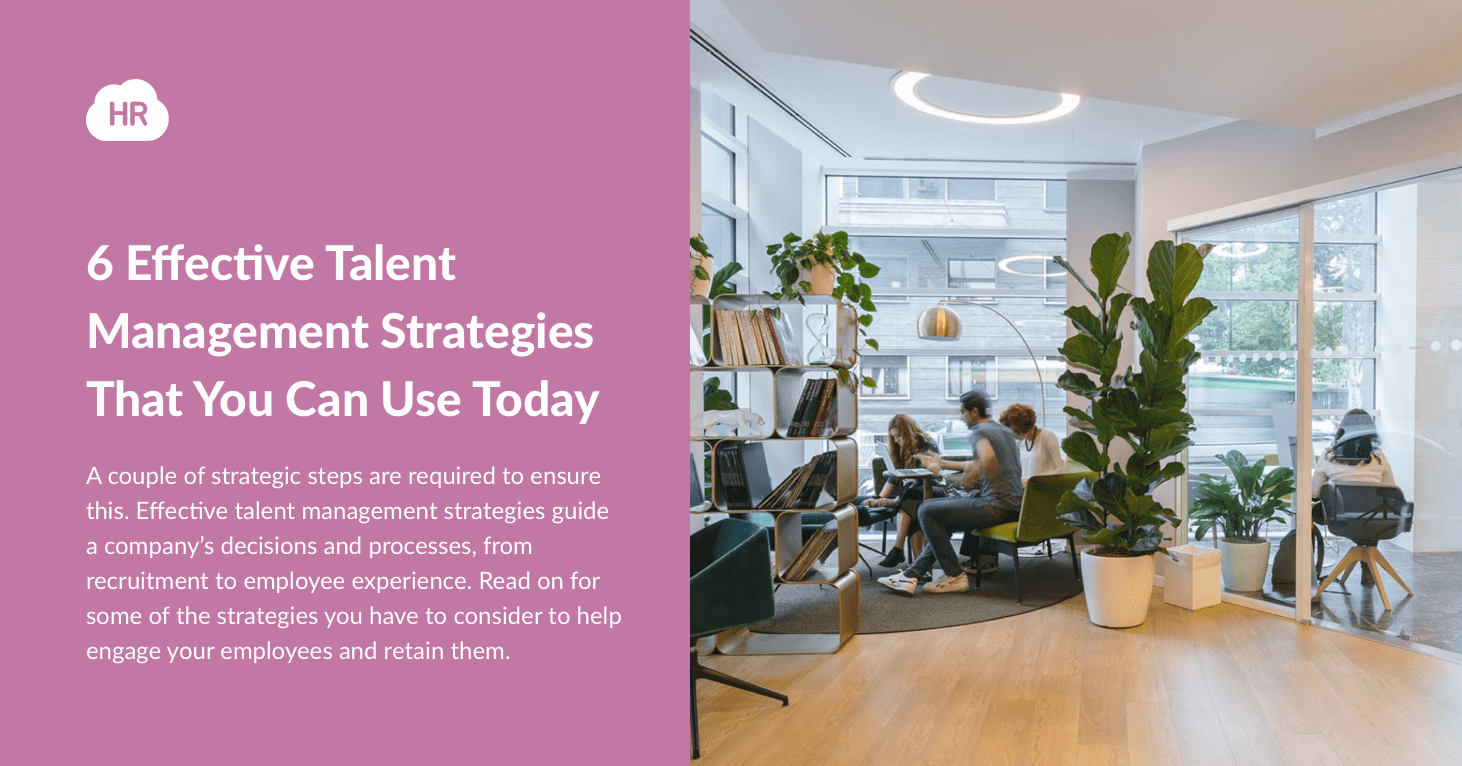
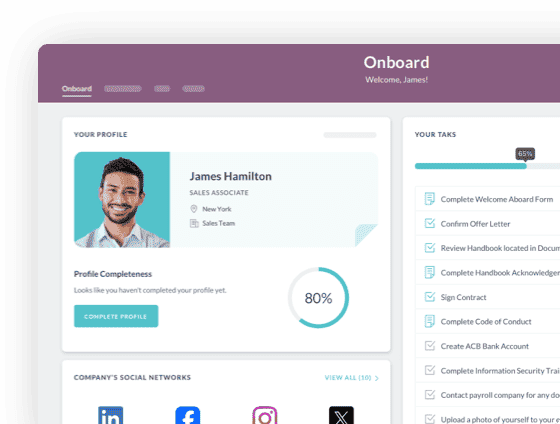
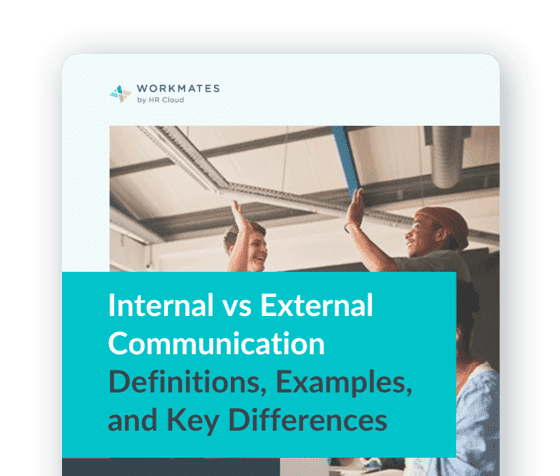
 Cut onboarding time
by 60%—here's the
Ultimate Checklist
that helped do it.
Cut onboarding time
by 60%—here's the
Ultimate Checklist
that helped do it.
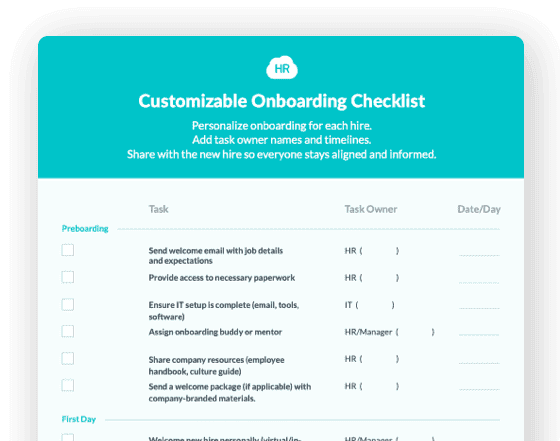
It has been said and proven repeatedly that employees are the heart of a company. Before you can take care of your customers, you need to take care of your talent. The consequences of ignoring your workforce are low productivity and high employee turnover, which cost companies more than their retention efforts.
According to a Retention Report by Work Institute, talent replacement costs organizations 33% of an employee's annual salary revenue. That is avoidable if more employers and HRs focus on employee retention by ensuring their employees remain motivated in the workplace.
So how do you ensure your employees are motivated enough to stay in your company?
A couple of strategic steps are required to ensure this. Effective talent management strategies guide a company’s decisions and processes, from recruitment to employee experience. Read on for some of the strategies you have to consider to help engage your employees and retain them.
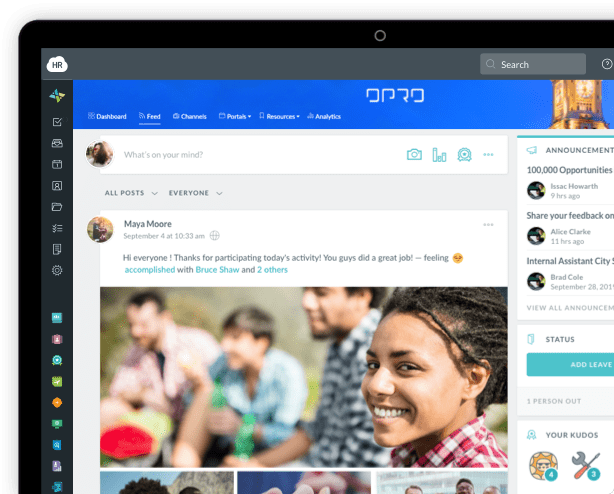
1. Adopt a flexible attitude
The workplace is rapidly changing. Practices like success hours and remote working are now almost standard across different industries. While this has resulted in improved work-life balance for employees, it has not been the same for the managers.
Most managers struggling with the changes have managed their teams with specific management styles for a long time. However, the same old management styles will not work for the current workforce.
As a manager, you need to create a balance by embracing the changes and adopting flexible and effective management styles. For instance, you need to adopt more effective measures and guidelines regarding factors like working hours. Instead of sticking to the 9-5 routine, you can embrace a flexible schedule model that emphasizes output over attendance.
If you are managing teams in the health or education sectors that lack the option to work with flexible schedules, you can go for other strategies. A good example is the 9/80 model, which typically consists of eight 9-hour days, one 8-hour day, and a day off every two weeks.
If your organization provides services 24 hours a day, like most restaurants, you can also try working with rotating work schedules. This method helps balance work schedules and ensures that your employees have the opportunity to work shifts that are convenient to them.
You also need to develop general rules to guide how your employees deliver. For instance, when working with freelance writers in different time zones, you can implement similar deadlines to ensure the same level of timeliness regardless of your writers’ location.
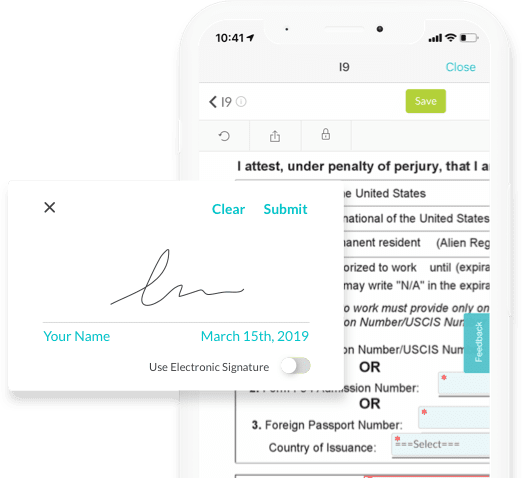
2. Set clear objectives
Every employee needs to have a clear understanding of what is expected of them to carry out their role. If a manager does not clearly explain their key roles and objectives, employees become confused and demotivated.
From the moment you bring them on board, they need to understand the organization’s long-term and short-term goals, job descriptions, roles in achieving the organizational goals, and the success KPIs.
Managers ought to take a SMART approach when setting their employees' objectives to do this right. The approach allows managers to set specific, measurable, achievable, realistic, and timely objectives. If your objectives are SMART, you can assign the right tasks and give the right amount of work that will help your team achieve that SMART goal in the first place.
In other words, you’re not just taking shots in the dark and hoping your team will meet their goals.
For instance, if you are working with content writers, a SMART objective could be to increase your company’s publication of blog posts by X in a month. You can instruct each writer to produce Y number of articles per day based on that goal. If they each meet the required number, then you can ALWAYS expect your team to meet the SMART goal you set in the first place.
3. Provide training opportunities
No one wants to hold one position for ages and leave it with no growth or skills. If you are looking to retain your best employees, you need to invest in their career development.
According to the 2018 Workplace Learning Report by Linkedin Learning, 94% of the employees stated they would stay in a company longer if it actively invested in their career.
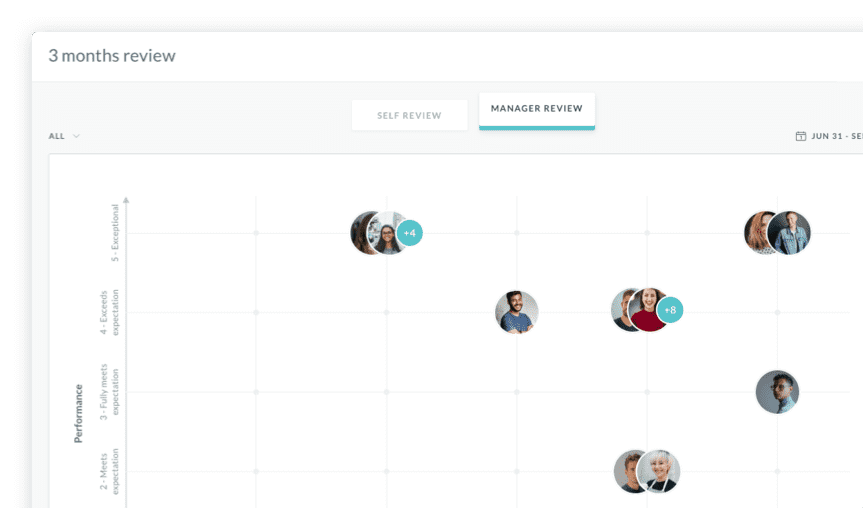
There are two ways to invest in your employees' career development: sponsoring them for external training programs or creating an in-house one.
Most companies have taken their training programs online, making it easy for employees to learn on their own time and at their own pace. But creating an in-house employee training program isn’t all that difficult either. You can easily do this by offering resources and training sessions through mentorship programs. Professional mentors will help your employees sharpen their skills.
The good thing about this second approach is that the mentors already know the processes involved and the relevant people to talk to in the company. Since they know the ins and outs of the company, they can also teach these to their mentees. That is something third-party training speakers can’t do.
Google is an excellent example of a company that runs a mentorship program. Career Guru connects its employees with senior leaders who offer advice on skills required to take on available roles in the company.
Google’s Googler-to-Googler program ( G2G) is another excellent example. The G2G program allows employees to teach their peers new job skills. At least 80% of Google’s tracked training sessions are run through G2G.
4. Carry out performance reviews
Performance reviews allow managers to provide meaningful feedback to their employees. If an employee has been performing well, you can take the opportunity to recognize and reward them.
Most companies have moved from regular annual performance reviews to better models as part of their talent management strategies. That has proven fruitful for the companies since they can regularly give and receive feedback from their employees. For example, a company like IBM reported reducing employee turnover by switching to more frequent performance reviews.
 Source (Depositphotos)
Source (Depositphotos)
A customized employee performance management system is one of the talent management strategies you can use to retain your top talent. It is hard to tell whether a specific model will boost organizational performance. Still, you can carry out surveys to help you find suitable ones.
For example, in 2015, Deloitte redesigned its performance management system after running a survey that showed that its earlier strategy did not encourage employee engagement or performance. They developed a new strategy with no cascading objectives, yearly reviews, and 30-degree feedback tools.
The performance management system embraced frequent reviews that helped recognize individual employees in teams without bias and improved employee performance potential.
5. Tools for Time Management
To keep the level of involvement up, the employees need to work to save them a lot of time. It boosts productivity and the focus of the employee, which allows them to serve their organization better.
Any app or software that allows employees to make a plan, stay organized, and keep track of how much time they are spending on each task can work as a time management app.
Therefore, there are numerous time management apps for you to choose from. Different apps come at different prices and bring additional features to you. Therefore it is essential that you make a list of the best time management apps and then select one from the list. For example, if your employee needs to track the number of hours it takes him to create Google slides, he can easily measure it and then delegate it keeping the time it took for him in mind.
5. Focus on employee experience
A company’s talent management strategies should provide a holistic employee experience. This varies from working hours to employee benefits and the company's work culture.
You need to start from the basics by creating a healthy company culture that motivates them and creates a community feel. That also includes paying attention to the communication channels to avoid miscommunication.
You can borrow Buffer’s Mastermind Program idea to ensure better employee relations. Each employee is paired with a same-level peer from a different team to prevent isolation among employees.
When choosing communication channels for your remote team, you need to settle for one consistent tool to avoid confusion, such as a VoIP system. In addition, ensure it is a channel that allows participation from every team member. For example, Slack allows open conversations, making it easier for everyone to access the previously asked questions and feedback.
Finally, you also need to offer employee benefits that motivate your employees to keep working. For example, companies like Amazon provide enticing benefits like fully paid college tuition, health care coverage, and paid parental leave.
Creating loyal employees offers many benefits as well. Employees who love working for your company will naturally spread the word. You’ll be able to create a win-win situation if you offer incentives and track these with employee referral software. After all, loyal employees know other loyal people, and your recruitment pipeline will be rewarded for it.
6. Ask for ideas and feedback
Managers need to appreciate feedback from their employees just as the employees do theirs. None of the other talent management strategies matters if you do not know how well they work or whether they even work at all.
Upward feedback helps determine what the employees are looking for and helps employees discover the real issues their employees are struggling with.
You need to ensure you get constant feedback to tackle any challenges quickly. You can use people analytics technology to gather more information on your team activity. Based on your data, you can see the areas you need to work on to ensure employees are happy.
Remember, your employees can only complain for so long before they decide to find an employer who listens.

Easily Develop and Send Employee
Polls and Surveys to Collect
Real-Time Feedback
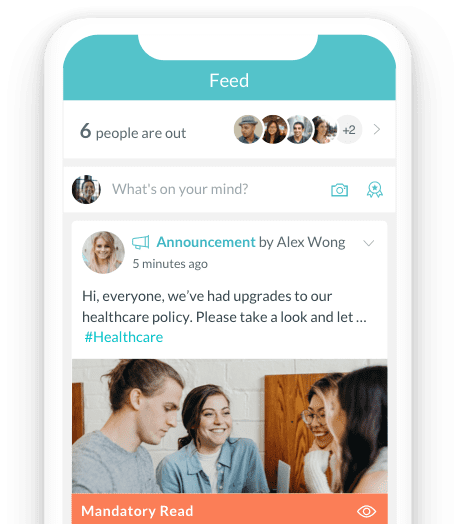
Summary
Today employees are less committed to staying in workplaces out of loyalty. Hence, companies must develop strategic talent management strategies that will help them retain their best employers for longer.
You need to effect these strategies as soon as an employee is hired and integrated into their day-to-day roles.
You learned those tips from this article. Managers need to practice flexible management styles, set clear objectives for employees, and provide career advancement opportunities. They should also perform frequent performance reviews, ask for ideas and feedback, and adapt each strategy for a holistic employee experience.
Using these talent management strategies effectively will keep your employees happy and motivated. You’ll retain your best talent as a result.

 Try Out Our
Try Out OurEmployee Engagement Software For Free
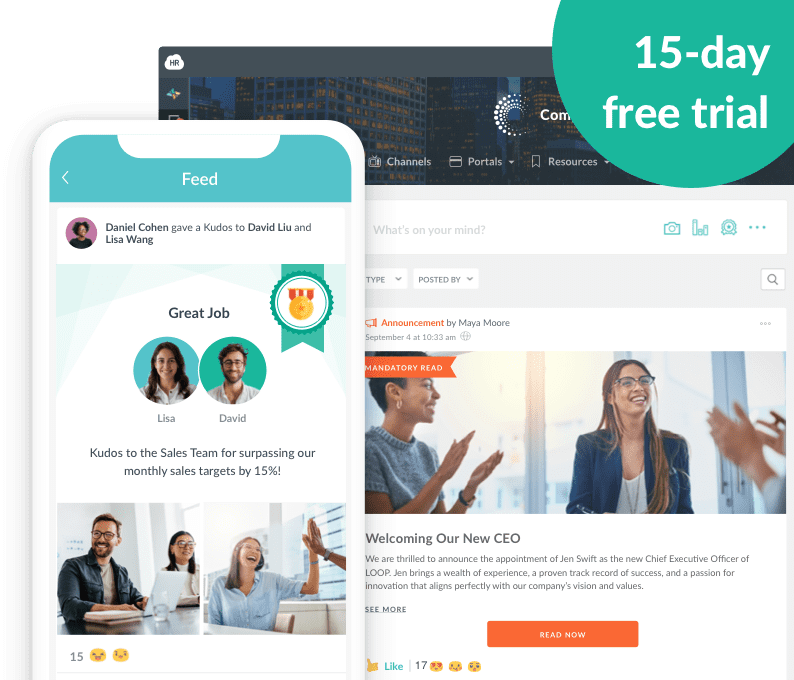
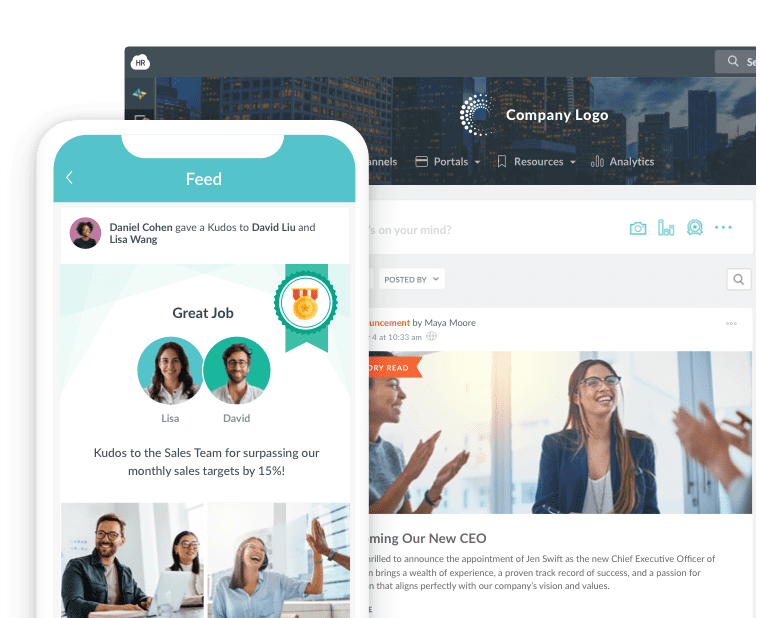
About Author:
This article is written by our marketing team at HR Cloud. HR Cloud is dedicated to providing powerful solutions for your HR teams and creating an exceptional employee experience. Our aim is to help your company improve employee engagement, and onboarding, and to save you valuable time!
Keep Reading
The Hidden Metrics of Frontline Success: Beyond Engagement Scores
"What gets measured gets managed, but what gets measured well gets transformed." — Peter
Embracing Diversity: Recognizing Different Cultures in the Workplace
Workplaces today reflect the incredible diversity of the world around us. People bring
From Manual to Automated: A Complete Guide to Digitizing Employee Onboarding for Large Organizations
Sarah Chen, Director of HR at a 7,000-employee healthcare organization, starts her Monday
Like What You Hear?
We'd love to chat with you more about how HR Cloud® can support your business's HR needs. Book Your Free Demo

Build a Culture of Recognition. Boost Engagement. Guaranteed.
Workmates empowers employees to stay informed, connected, and appreciated—whether they’re on the front line, in the office, or remote. Recognition drives 12x higher engagement.Trusted by industry leaders in every sector




Cut Onboarding Costs by 60%.
Take the confusion and follow-ups out of onboarding with automated workflows, digital forms, and structured portals—so new hires ramp faster 3X quicker.Trusted by industry leaders in every sector






